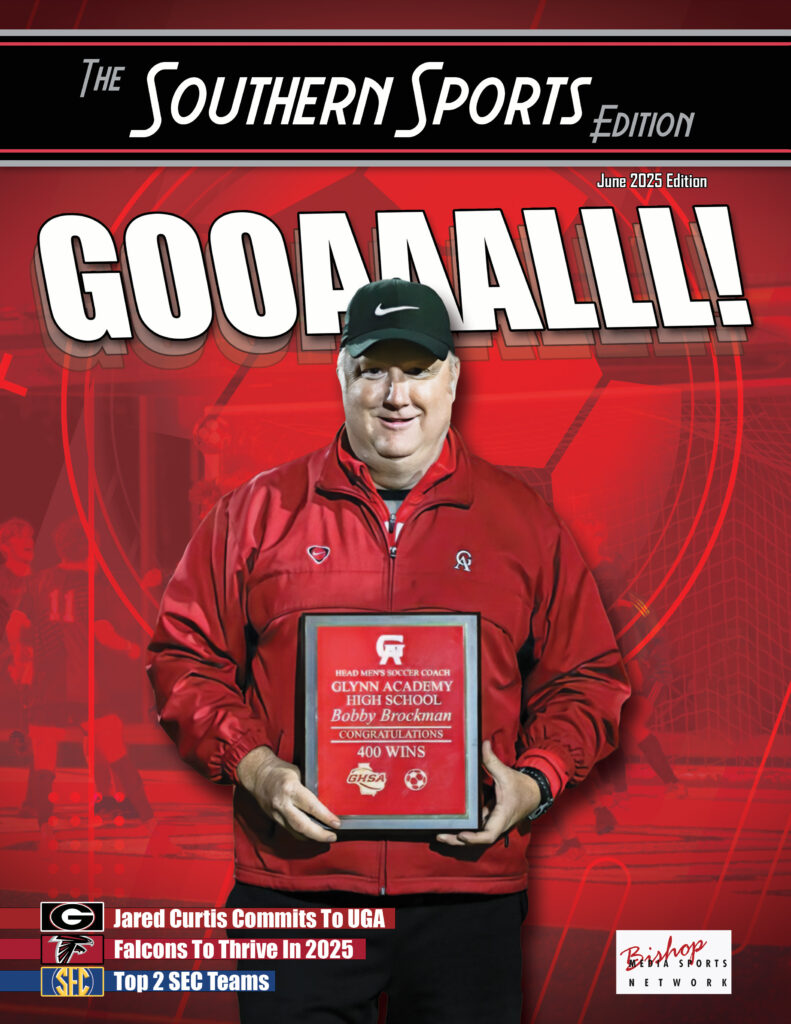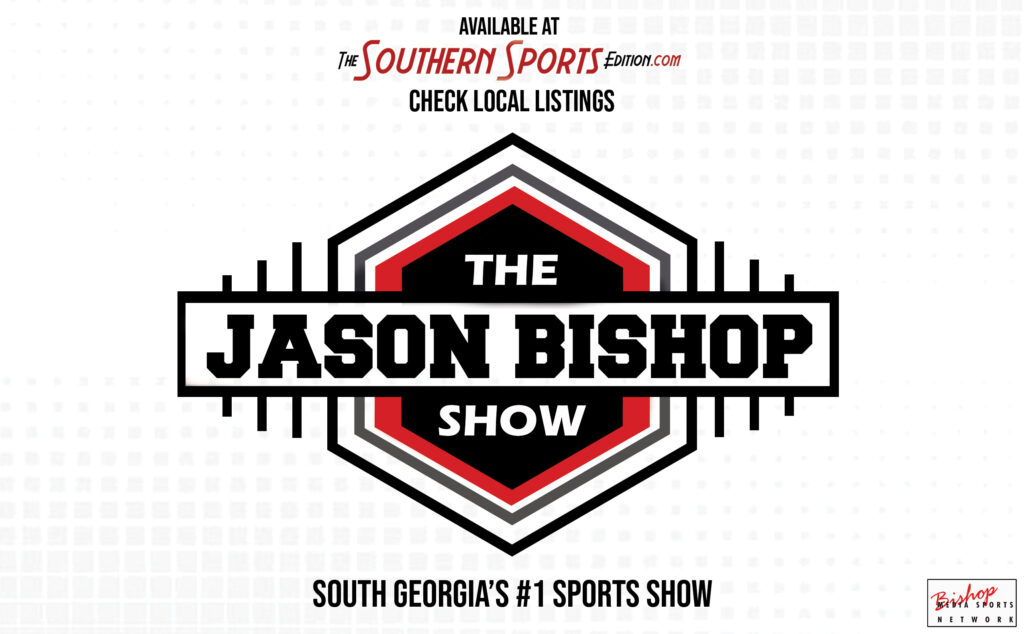Unpaid Workers
 By: Robert Craft
By: Robert Craft
TheSouthernSportsEdition.com news services
Much of the discourse at Wednesday’s legislative hearing on NIL centered around pay-for-play and NIL collectives.
With two sitting athletic directors as witnesses and a former Heisman Trophy winner as a third, the narrative of what the NCAA wants to see fixed in college sports was clear.
More guidelines. A different framework. Ability to crack down on inducements.
The nearly two-hour hearing before the House Committee on Small Business on Wednesday won’t inch Congress any closer to delivering the NCAA its long-sought federal bill.
Remember this hearing for another reason: It highlighted what lawmakers of the NCAA’s efforts to lobby Congress. The NCAA is confronting the brink of a revolutionary transformation- ushered in by the NIL era two years ago.
The NCAA is a powerless organization with no ability to build consensus among power conferences. It feels each team has been busy all summer poaching each other’s schools to construct super conferences, funded by billions of TV dollars, while side stepping what’s permitted to line the pockets of athletes and coaches.
Here’s the reality: The winds of change are fiercely blowing in one direction: toward a long-overdue revenue-sharing model. The NCAA has exerted all of its’ efforts toward leaning on Congress to save it.
Its wish list includes a preemption of state NIL laws, at least partial antitrust protection, and a formal designation that athletes are not employees.
Congress wants clear, concise messaging on what solutions college stakeholders seek. Right now, there is no clear messaging. As a result, Congress isn’t eager to solve the NCAA’s problems.
Here’s why no clear messaging to congress is a critical issue in the NIL space. Evolving NCAA guidance still maintains the need for established distance between schools and collectives.
Most Power 5 schools are ignoring that guidance. Lack of regulation matters because 95% of collective dollars go to male athletes.
On another note, discussion centered on the need for more transparency, uniformity on NIL contracts, and a collective agent registry.
The NCAA’s NIL subcommittee this summer was green-lighted to develop those elements, along with an NIL database. Votes on those policy changes will occur next month and in January.
Overall, for all their efforts lobbying Congress, which has intensified in recent months, the NCAA’s ball hasn’t moved. It’s mired on the wrong side of the field, facing fourth-and-long and needing a Hail Mary with no quarterback.
With the NCAA ceding all opportunities to get in front of developments, the action will occur in the courtrooms, continuing as soon as tomorrow.
Like it or not, a new model is coming. The NCAA chooses to play the role of bystander, futilely pleading for a Congressional helping hand.
Fans, keep your eyes on “ Johnson vs. NCAA and House vs. NCAA, these two are working their way through the courts.
Also, the National Labor Relations Board’s Los Angeles office has filed its unfair labor practice complaint against USC, the Pac-12 Conference and the NCAA (a hearing is scheduled for Nov. 7).
These machinations are viewed as a slow march toward student-athletes being designated as employees. That probable scenario will dramatically reshape college athletics.



